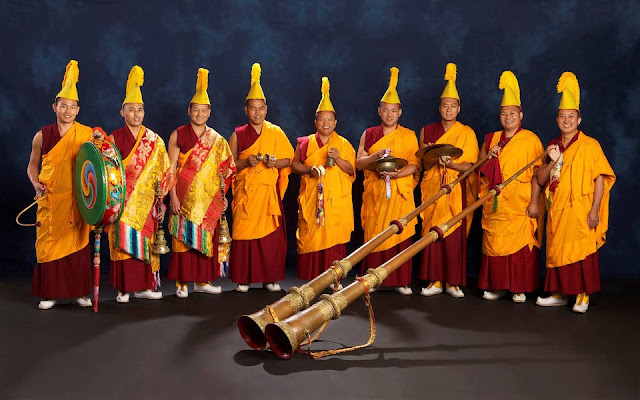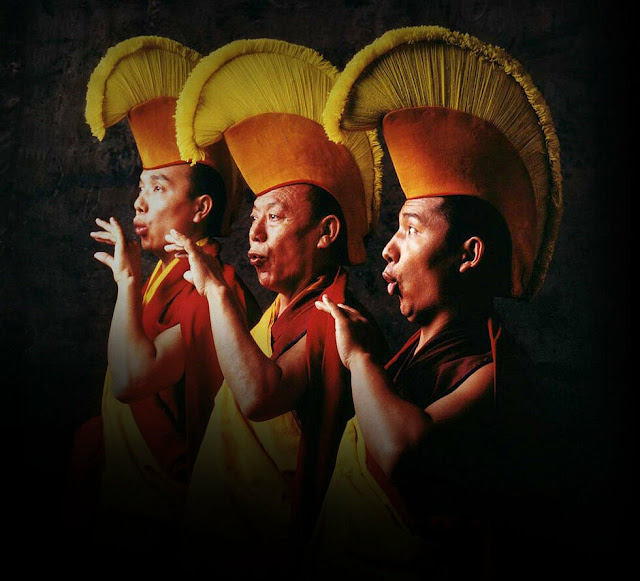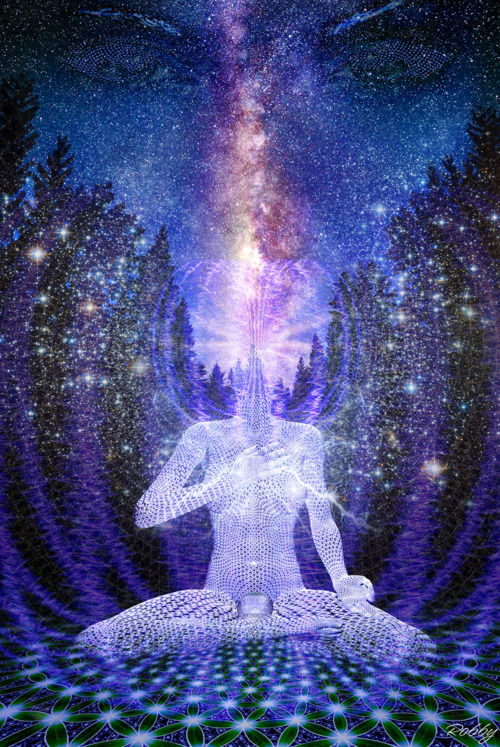Mountain Stream is the sound of crystal-clear water trickling playfully between rocks and sparkling in the sunshine, accompanied by the occasional bird song. Traditionally there would simply be silenced or ambient background noise to accompany meditation. So-called meditation sound or rhythm is meant to be relaxing, and of course meditation does help you to relax too, but it goes beyond that and helps us to be more alert and focused. It also helps us to reflect deeply. Sound or rhythm meditation and reflection is likely to get in the way of those activities.
Everyday noise can be harmful, stress and lack of vitality are simply two of the negative impacts that everyday noises might have on our bodies. Furthermore, regular noises have now been demonstrated to contribute to insomnia issues, insufficient of motivation, inspiration, decreasing efficiency levels, creativity, poor state of mind and increased coronary arrest risk.
Counteracting of noises may possibly not be the sole reason behind of the stress and other health issues we experience, but it is most certainly one source. Fortunately, we are able to lessen, and even change, the negative impacts and effects and noise has on our minds and bodies through regular exposure to the higher frequency sounds present in nature.
Spending a day, or even part of a day, in nature provides our bodies and mind with a truly necessary relief from stress. Unfortunately, going out into nature or waterfalls regularity is not always a course of action, so bring nature sounds into your home or terrace is the practical solution. Listening to sound and audio recordings that feature babbling brooks, ocean waves, rain showers, the birds singing, and other natural sounds is one alternative.
Water symbolizes purity, clarity and tranquility, and reminds us to cleanse our minds and attain the state of purity . Water is used to smooth away dirt. When absolutely everyone sees you, they are blissful and joyful. This is due to the fact they are reminded that they could wash away the illusion of their minds. They should wash away egocentric and unkind thoughts and be clean and pure like you.
The outcomes of mindfulness mediation stated that rain and other water sounds had vigorous alpha rhythm, inducing alpha rhythm activity in the human mind which can be correlated to comfortable, meditative states.
If you’re going to listen to natural sound or rhythm as meditation, then you have to take it significantly as a practice. Try not to do something else at the same time while you’re listening. Switch off your cell phone. Darken the room. Just concentrate to the melodies, sound or rhythm.
Make sure you’re in a secure function that supports alert attention. Sit readily, comfortably, and just pay attention to the sound. You’ll probably find the state of joyfulness that you will be fond of it like never before.
Thank you for reading, may you find peace and great bliss. With your support it helps to spread the Buddha’s precious teachings and turning the Dharma wheels in the world.
Aspiration For Bodhichitta
For those in whom the precious Bodhichitta has not arisen
May it arise and not decrease
But increase further and further.
Dedication of Merit
By this merit may we obtain omniscience then.
Having defeated the enemies wrong-doings.
May we liberate migratory from the ocean of existence.
With its stormy waves of birth, old age, sickness and death.
*Note
I do not own or infringe any copyright of the picture(s).
Picture(s) courtesy and credit to the rightful distributors and or studios.
Picture(s) is/are intended for editorial use only.








































